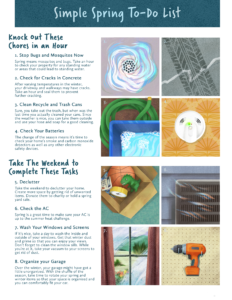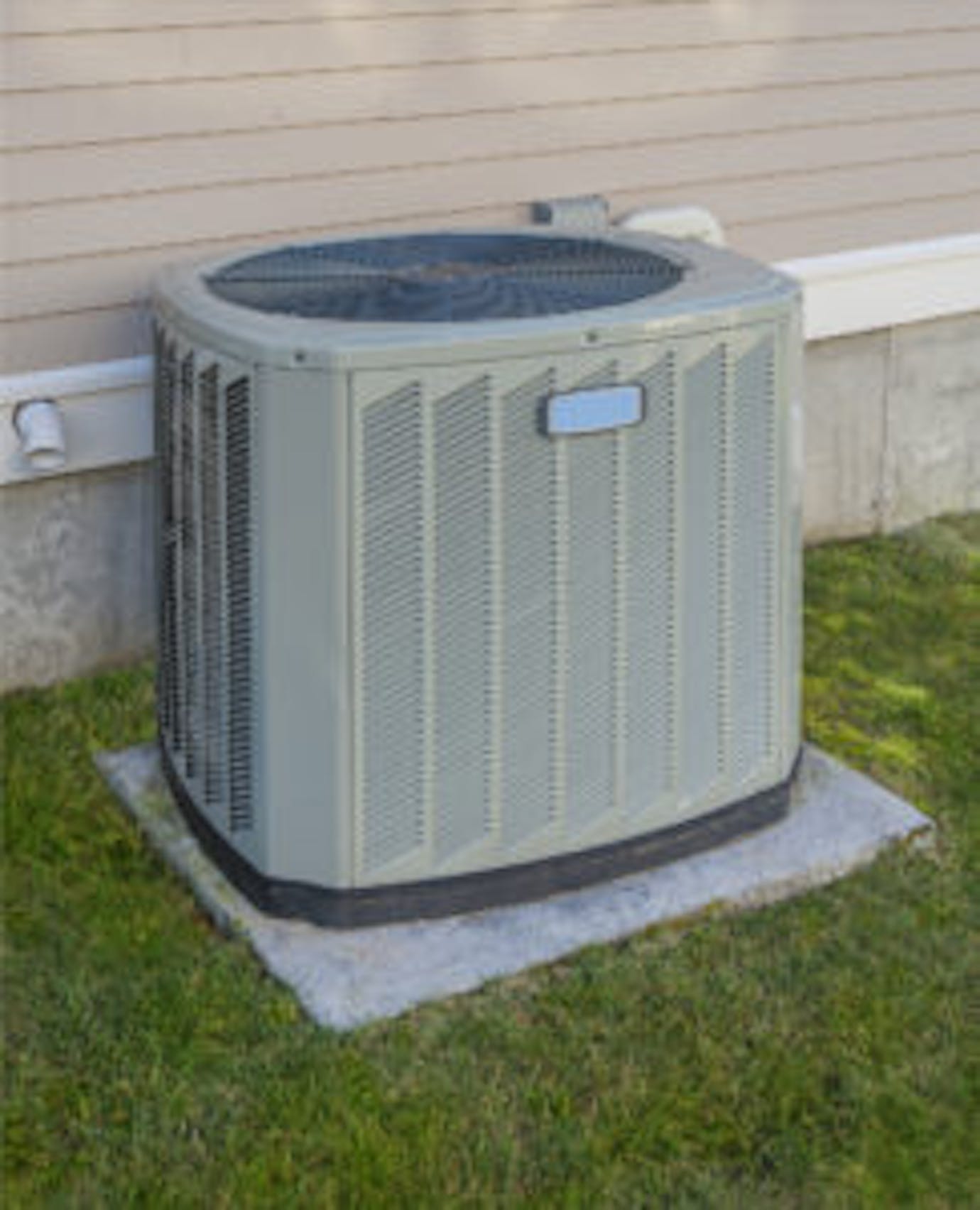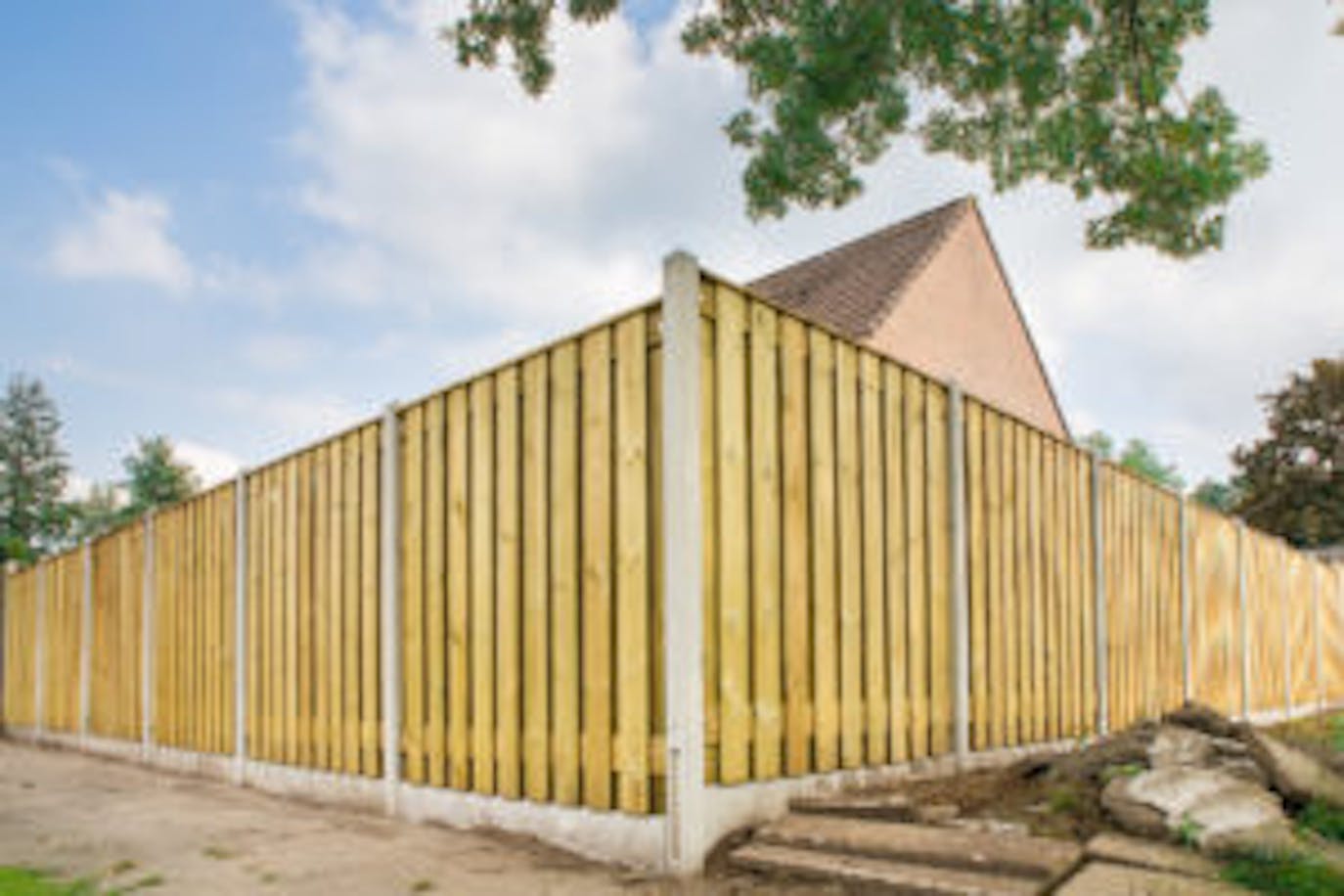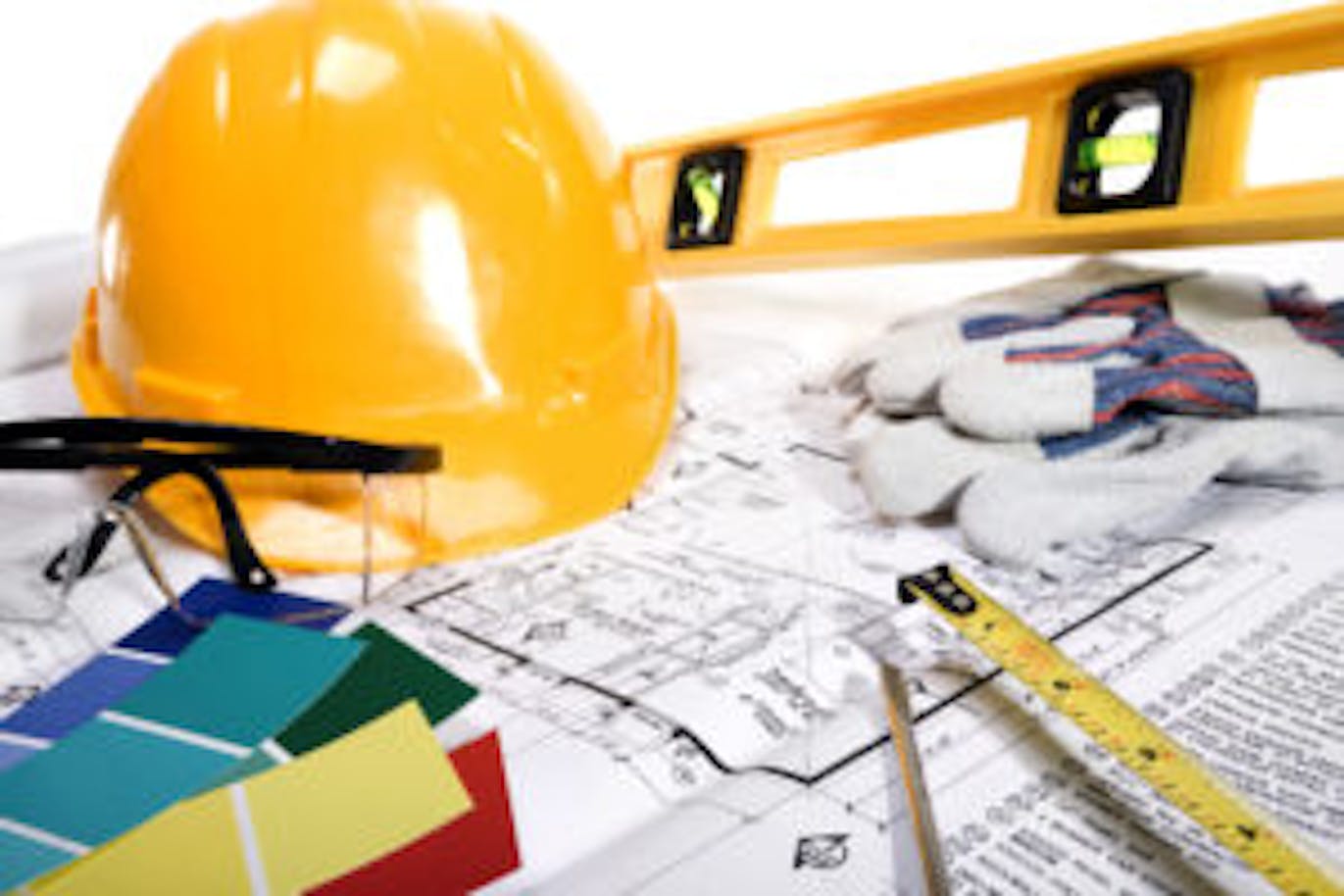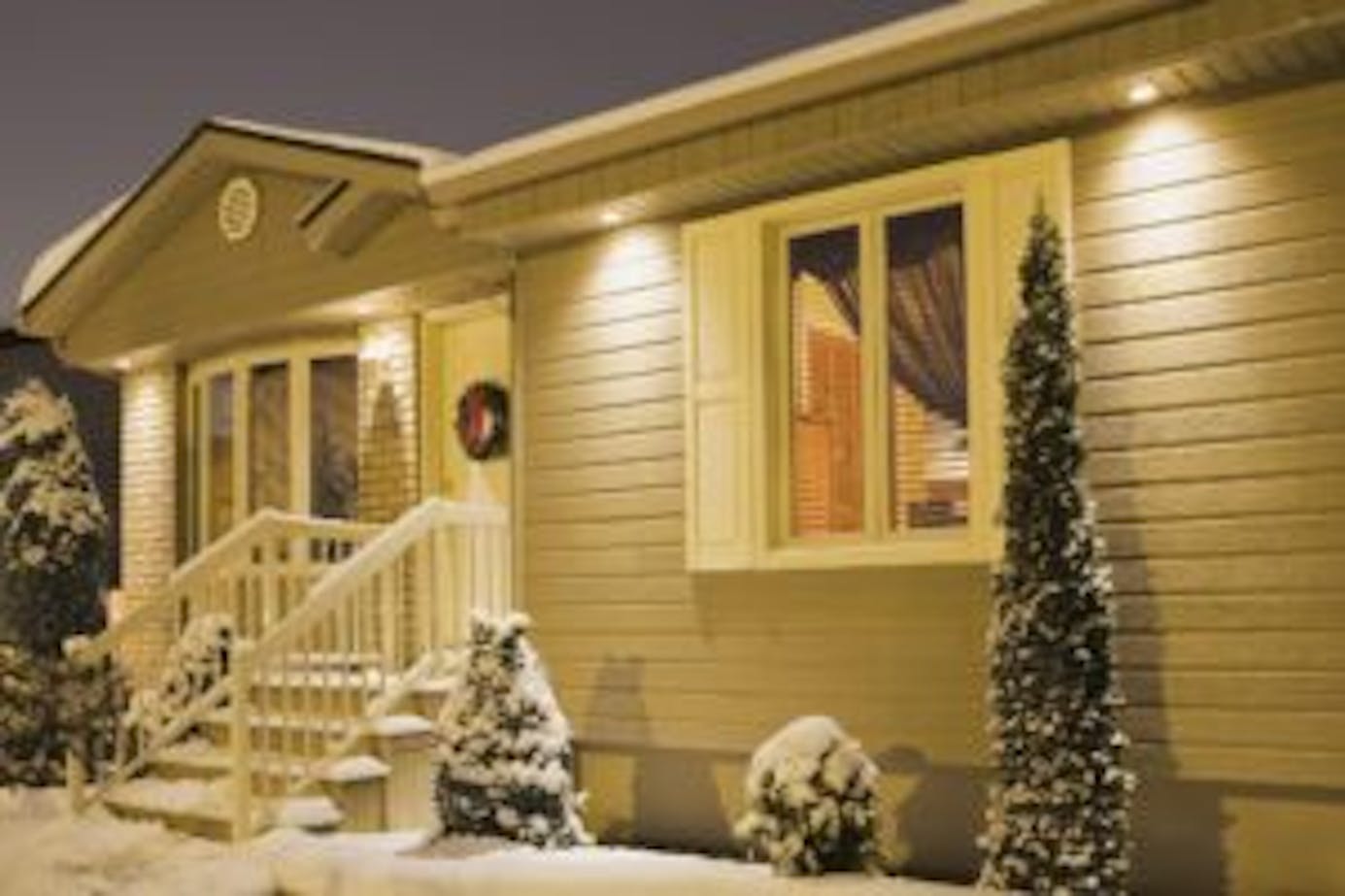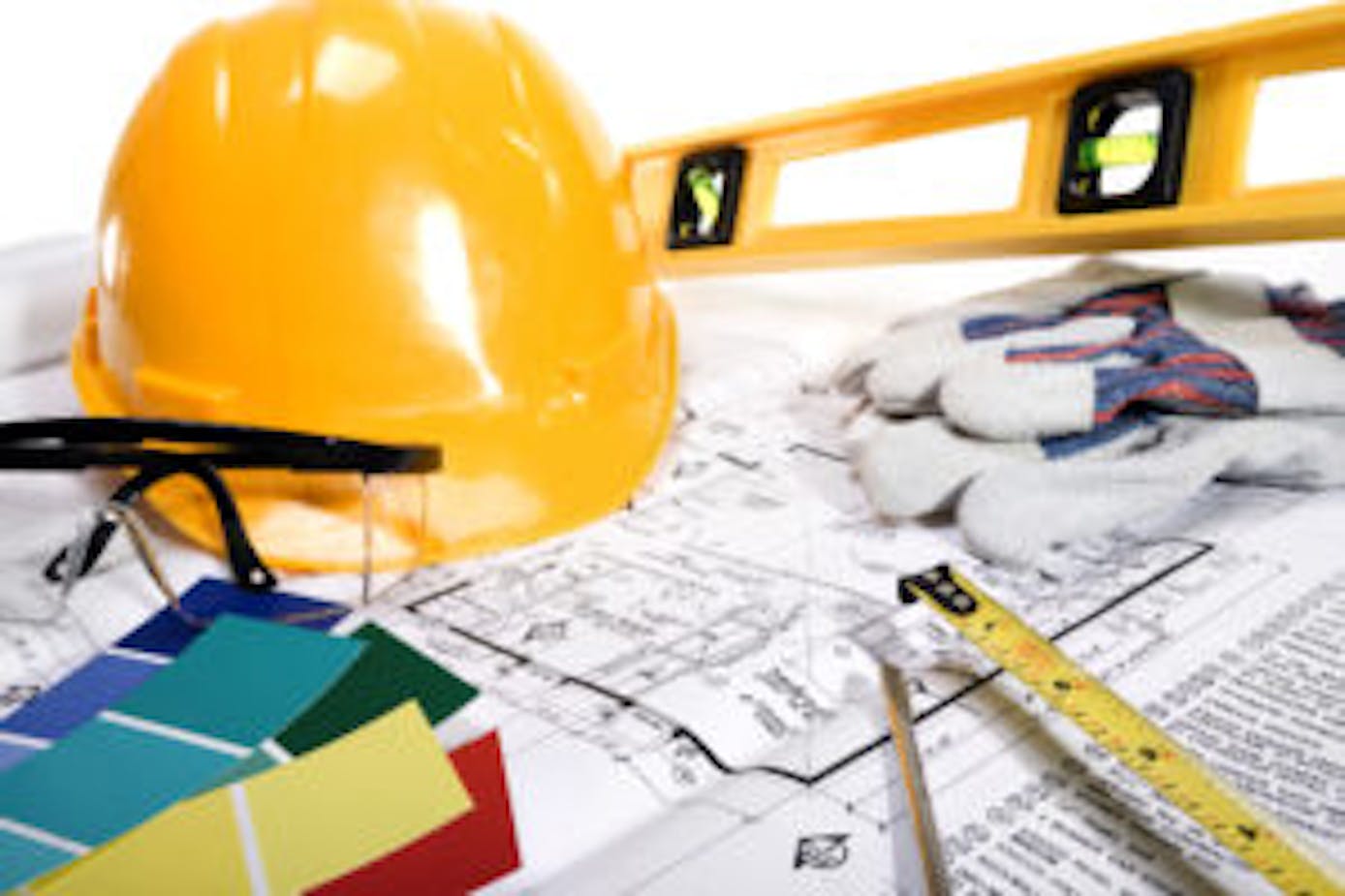
What is radon?
Radon is a radioactive gas that occurs when radium in soil and rock breaks down. It is an invisible, odourless and tasteless gas that can accumulate to unnaturally high and dangerous levels in our homes.
Radon gas in Canada
Western Canada contains some of the highest radon-generating soils on our planet. Although it arises naturally from our geology, radon gas is often drawn up inside modern buildings and concentrated to hazardous levels not seen in nature – thus, high radon exposure is a manmade problem. Canada contains many radon-generating regions, and Canadians have constructed towns and cities across almost all of them. This does not mean, however, that all of our buildings contain high radon. There are three factors needed to incur hazardous radon exposure:
- Geologic source and pathway (upwards) for radon into a property
- Building metrics that actively draw up and concentrate radon
- Human behaviour that enables higher exposure
Why is radon gas harmful?
Radon is radioactive and unstable. In a very short period of time it decays and emits alpha particle radiation, which severely damages our DNA in such a way that is almost impossible for our bodies to repair without introducing genetic errors (mutations). These errors trigger a worsening cycle of DNA mutation that drives cancer formation. Hence, radon is listed as a category 1 carcinogen (cancer causing agent), meaning that it is absolutely known to cause cancer in humans. As radon is inhaled into our lungs, it primarily triggers the formation of lung cancer – the number one cause of cancer death in Canada – even in folks who have never smoked. Younger people, especially children, are the most at risk from the DNA damage caused by radon exposure. The risk of cancer goes up with greater radon levels, and prolonged exposure over a life.
How is radon gas measured?
Radiation from radon is measured in a unit called the Becquerel (Bq) that represents one alpha particle being emitted per second. When measuring radon, the Bq is monitored per cubic meter of the air in your home (Bq/m3). A 16% increase in your relative risk of lung cancer is measurable per 100 Bq/m3 of chronic radon inhalation. In Canada, 200 Bq/m3 is considered maximum allowable by Health Canada, with advice being to strive for as low as reasonably achievable. We have observed some homes in Western Canada with radon as high as 10,000 Bq/m3, which is the equivalent of 60,000 dental x-ray equivalents of radiation each year according to the International Commission on Radiological Protection.
How do I test my home for radon gas?
Testing your home for radon is cheap, easy and effective. To figure out the amount of radon in your home, all you have to do is purchase a radon testing device through us. One of the most effective and simplest of tests is called an “alpha track” device, which, over a 90+ day period, will register the Bq/m3of the indoor air of your home. It requires no electricity and is about the same size as a small hockey puck. Place the device in the lowest level of your home that you or someone spends about 4+ hours a day. This could be your basement, or perhaps the main floor. Do not place the radon test in kitchens, bathrooms, near open windows or other areas with fans or strong air flow. Areas of the home that no-one spends time in (crawl spaces, furnace room, etc.) are also not ideal. Radon testing should only occur between the beginning of November to the end of April, as testing in spring, summer and early fall gives inaccurate readings. After your 90+ days are complete, you just ship your device to a lab using the provided shipping label, and within 2-3 weeks you should receive your confidential reading.
What happens if my home contains high levels of radon gas?
Radon can be easily prevented from entering into most properties. This is usually quick (1-2 days’ work) and, even for the most drastic (but effective) of interventions, it still only costs about the same as replacing a few windows. The important thing to recognize is that determining if your home has high radon will not devalue your property, as it is so easily solved. Homes that have been ‘mitigated’ for high radon tend to have the lowest achievable levels – and have amongst the healthiest of indoor air. In other parts of the world, a radon mitigation device is seen even as a selling feature. When considering a mitigation, always find someone with C-NRPP (Canadian National Radon Proficiency Program) certification. C-NRPP certification is approved of by Health Canada.
Should I have my home mitigated?
Any level above 100 Bq/m3 represents a statistically significant increase in the lifetime relative risk of lung cancer for those being exposed chronically to it. Indeed, the WHO deferred to the amount of radon where a statistically observable increasing in lifetime risk of lung cancer is clear and significant – this is 100 Bq/m3. Health Canada set our “maximum exposure limit” reference level at twice this value, with the view that double where we start to see an increase in risk is truly unacceptable. To ensure that you are protected to where there is no significant increase in risk (as science and medicine understands radon), aim to get your home, school and work environment below 100 Bq/m3. It is important to remember that the 200 Bq/m3 level is set by Health Canada as a maximum acceptable reference level. Health Canada’s advice is to aim for as low as reasonably achievable. Your body cannot distinguish between 199, 200 and 201 Bq/m3 of radon, and being slightly under or over that number is meaningless to your long term health. Our advice if your home is at or near 200 Bq/m3 is to evaluate your relative risk and exposure by asking yourself the following questions:
- Are their babies, kids or teens in the home? If yes, consider mitigating, as young people are at a much higher risk from the negative impact of radon compared to those of older ages (65+).
- Does anyone work from home or spend most of their days at home? If yes, then consider mitigating, as those individuals are breathing the home’s air for a lot longer than a person leaving for large parts of the day for school or work.
- Does anyone in the home have a family history of cancer? If yes, consider mitigating, as some families carry altered genes that make them more susceptible to cancer following exposure to radiation.
- Is anyone in the home a current or former smoker? If yes, consider mitigating. The risk of lung cancer from radon is ‘synergistic’ with the risk from smoking. For example, ‘1 unit’ of risk from smoking plus ‘1 unit’ of risk from radon does not equal 2, rather it is a case of 1+1=17. Smokers (current or former) are much more at risk from radon, and so should protect themselves from radon even if still actively smoking to reduce their chances of cancer in the future.
- Is anyone in the home exposed to other lung cancer risk factors? If yes, consider mitigating. In addition to smoking (described above), folks who work with or who are exposed often to metal dust (metallurgists, jewelers, machinists, blacksmithery, etc.), leather dust, gasoline or diesel fumes (mechanics, firefighters, etc.), asbestos and heavy air pollution should also aim to reduce their exposure to radon as much as possible
How do I test my home?
STEP 1
Order
Order a radon test through the Evict Radon website. Every radon test bought assists in field research.
STEP 2
Register
Once you receive your device make sure you register it on our website: radonova.com/evictradon/with the supplied commission number and password.
STEP 3
Place
Test the air you are breathing on the lowest level of your home.
STEP 4
Wait
Leave the radon test device in place for 90+ days allowing the device to measure radon levels over time for an accurate reading.
STEP 5
Send
Log back into radonova.com/evictradon/ and enter the end date. Collect your radon test device and send it to the location specified on the test kit package.
STEP 6
Review
You will receive your results within a few weeks. Be sure to review them and ensure your home’s radon levels are safe.
What do I do once I receive my results?
The Canadian guideline established by Health Canada for the maximum exposure limit of radon in your home is 200 Bq/m3. A bit more information about why this is the maximum acceptable limit:
RADON LEVELS
0 Bq/m3
200 Bq/m3
Breathe Easy
Phew! Your radon test results are within the safe range for your home. You can now breathe easy knowing, in this house, you and your family are safe. Please note: Health Canada recommends retesting every few years, or if a major home renovation takes place. Encourage a neighbour or friend to test their home for radon.
Tell a neighbour/friend
Mitigation Recommended
Uh oh! Your radon test results are over the maximum exposure limit for Canada. At this level you, your family, and especially your children are at risk of future radon-induced lung cancer. Our team and Health Canada highly recommend that you have your home mitigated by a C-NRPP professional. Don’t worry, in Western Canada, radon mitigation techniques are very effective.
Find a mitigation professional
*This post is an excerpt from evictradon.ca

